Dr. Narin Chompoopuang, a lecturer from the Entomology and Plant Disease Department of the Faculty of Agriculture, Khon Kaen University, led his research team on a survey to the area where the “Electric-Blue Tarantula” has been spotted. The gnatlike insect is so beautiful that it is comparable to the “Gem” of mangrove forests. This tarantula is the world latest tarantula and the first of its species found in mangrove forests.
Wednesday September 20, 2023 – A researcher team from Khon Kaen University led by Dr. Narin Chompoopuang, a lecturer from the Department of Entomology and Plant Diseases, Faculty of Agriculture, Khon Kaen University, including Mr. Chawalit Songsaengchot, Mr. Ptipan Sriranan and Mr. Paween Piyatrakoonchai and Jocho, the famous You tuber, went on a survey to the site they found the most beautiful tarantula that is now drawing attention of many people, the “Electric-Blue Tarantula” (𝑪𝒉𝒊𝒍𝒐𝒃𝒓𝒂𝒄𝒉𝒚𝒔 𝒏𝒂𝒕𝒂𝒏𝒊𝒄𝒉𝒂𝒓𝒖𝒎)

Dr. Narin said that from the study and survey in Pangnga Privince, at a mangrove area towards the deciduous forest on foothills, his research team found the “Electric-Blue Tarantula”. The tarantula is the first species found in mangrove. It is in the 𝑪𝒉𝒊𝒍𝒐𝒃𝒓𝒂𝒄𝒉𝒚𝒔 in Selenocosminae Family.
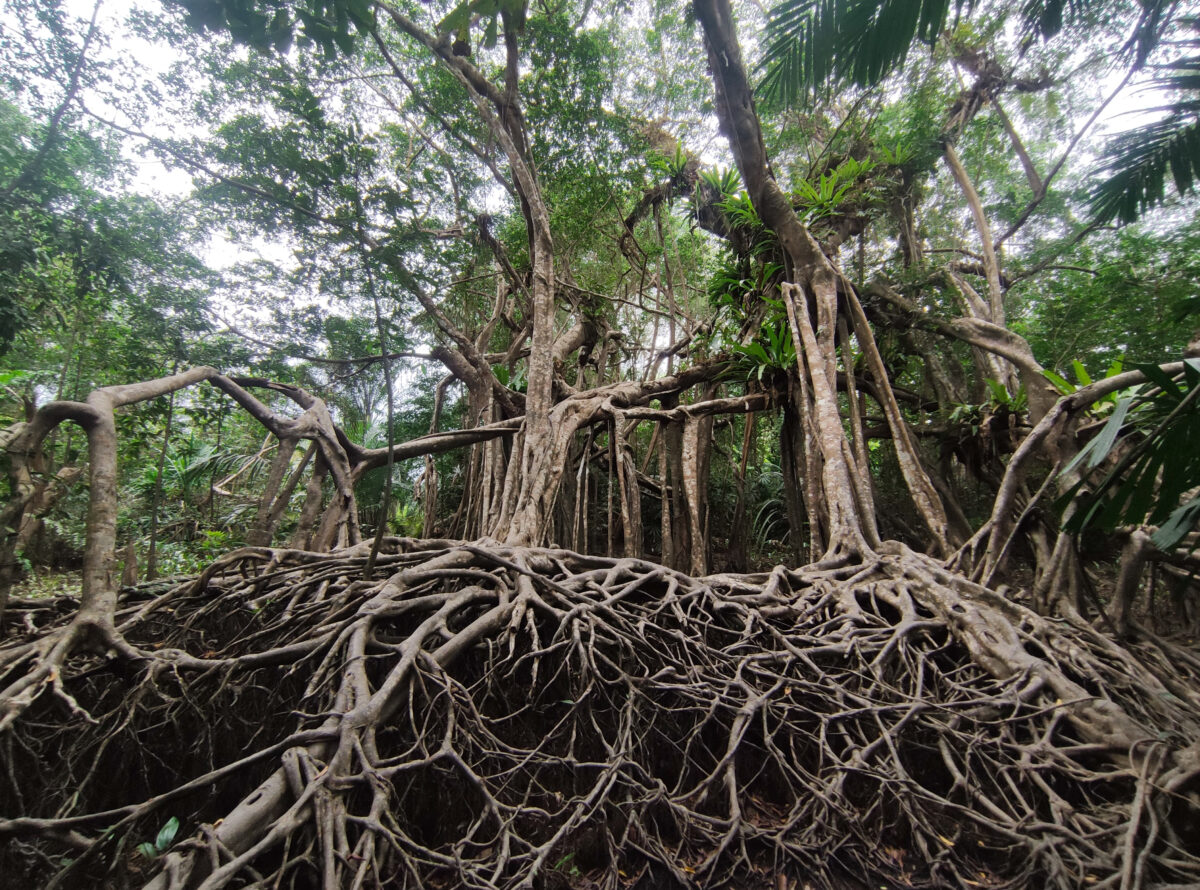
“The difficulty of the survey was that the tarantula lives on high trees in the mangrove; more than that, it stays inside deep tree hollows, making it hard to catch. On that survey day, we found only two of them. Later, we found them on a high area in the forest. They can live both on the ground and on the tree.”
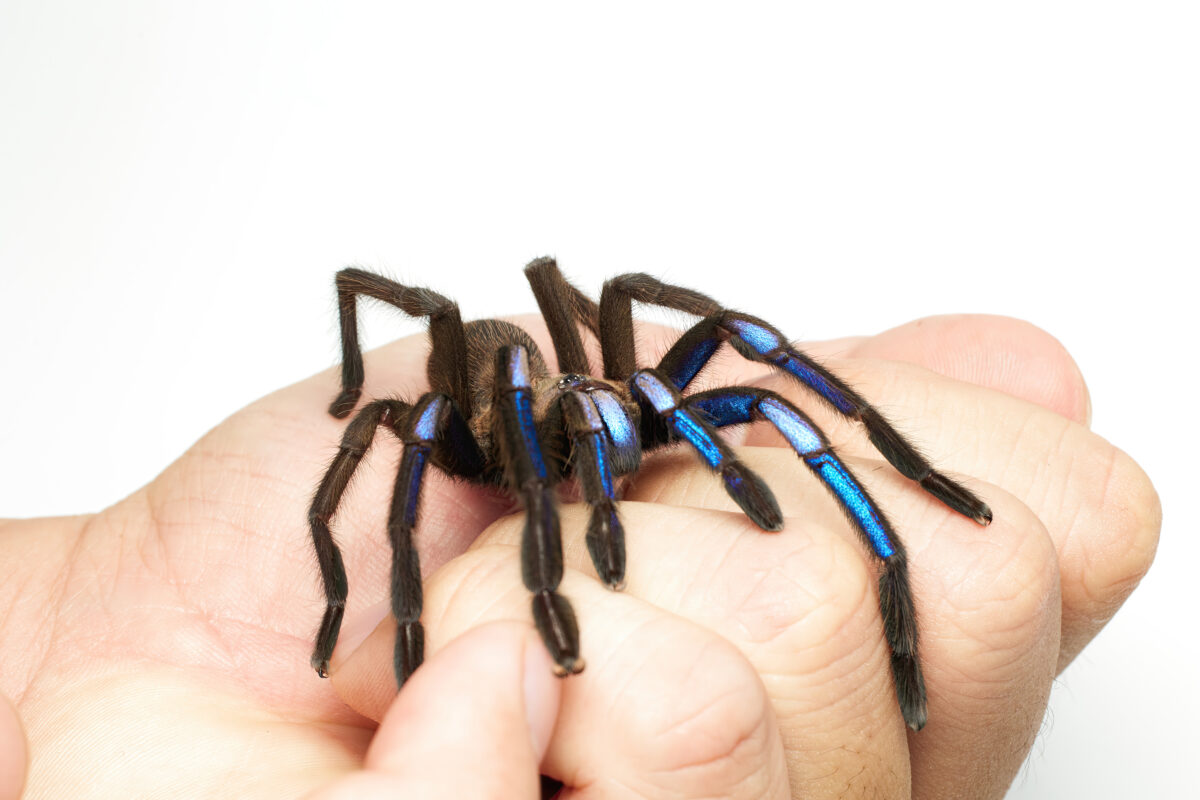
The name “Electric-Blue Tarantula” is derived from English. It stands for the color of the insect when reflected by light, showing the deep blue gleaming comparable to electric blue. Scientifically speaking, this deep blue color is hard to find in nature as it has high energy. The secret of the electric-blue tarantula is the beautifully gleaming blue that alternately stands out at the legs. This occurs from the nano-structure of the hair of the tarantula, resulting from light refraction and reflection of energy during the deep blue light frequency period. It does not happen from the mechanism in which the pigment absorbs energy like the coloring of plants or animals in general.
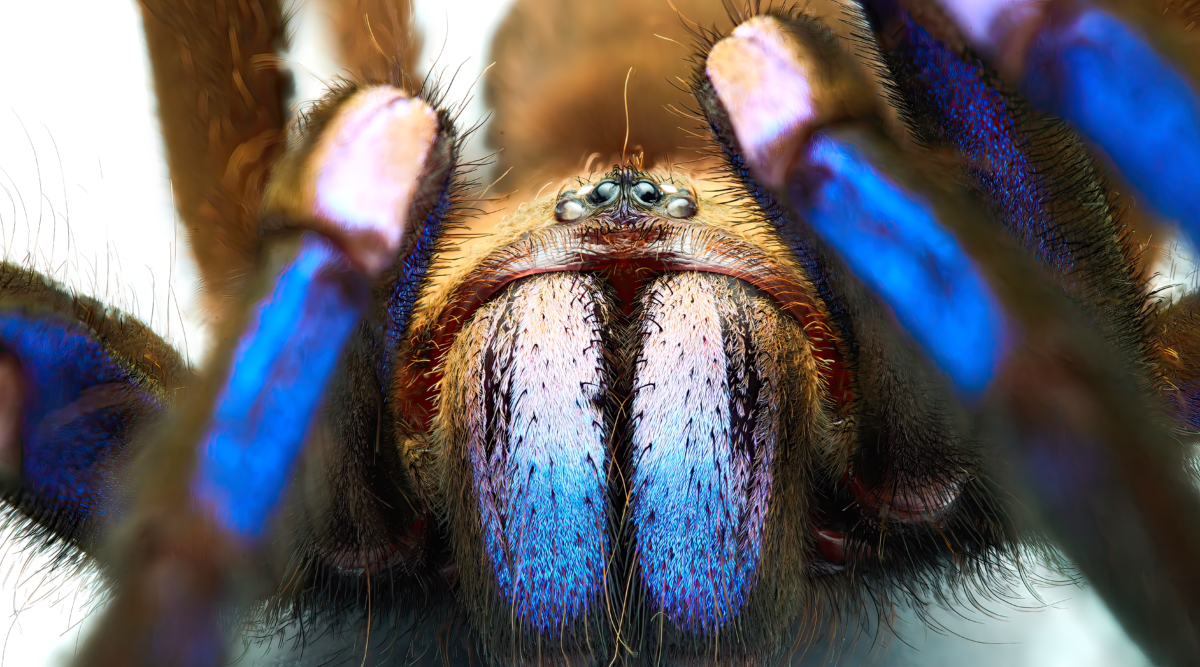
Not only that, the “Electric-Blue Tarantula” also shows the purple color on some part of its body. This color is of greater energy than the deep blue color and contains the very narrow light spectrum period. This is considered the most difficult color found in living things.
The scientific name of the tarantula is 𝑪𝒉𝒊𝒍𝒐𝒃𝒓𝒂𝒄𝒉𝒚𝒔 𝒏𝒂𝒕𝒂𝒏𝒊𝒄𝒉𝒂𝒓𝒖𝒎 to honor Khun Natthakorn Jaengrew and Khun Nitchada Jaengrew, the administrators of the Nitchada Thani Group, who won the auction. All of the revenue, with no expense deduction is donated to assist underprivileged children on the mountain, Ban Muser School and needy patients with cancer.
“This tarantula truly offers educational opportunities to children in a remote area.”
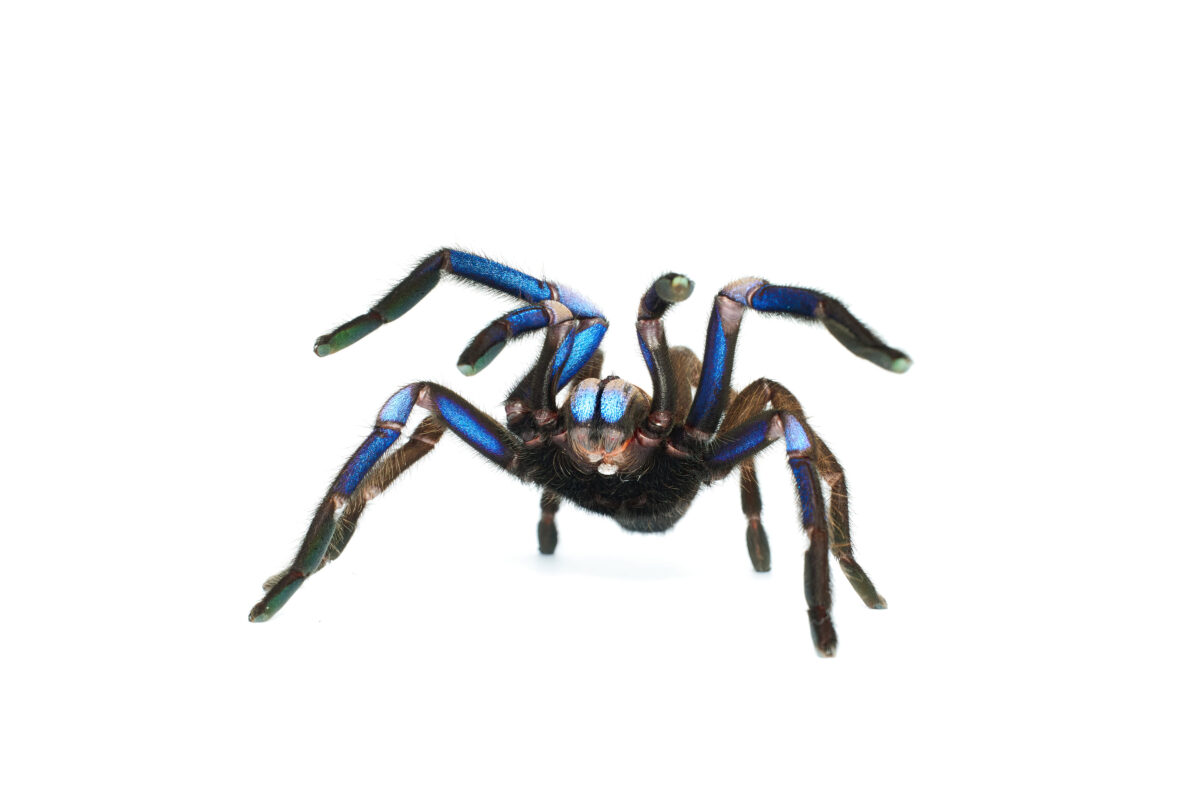
The “Electric-Blue Tarantula” has been petted by people who like raising tarantulas. Before now, it had the name, Chilobrachys sp Electric-blue. It has not been classified or described by anyone before, nor reported about its habitat and living. When compared, we know what kind of tarantula it is. Therefore, a study had to be conducted before publishing the article in the International Research Journal, Zookeys on September 18, 2023. (https://doi.org/10.3897/zookeys.1180.106278)

In addition, Dr. Narin said that there are only two types of tarantula in this species found in Thailand. The “Electric-Blue Tarantula” is the third type since the latest one found 27 years ago. But the types found in the past did not have the color gleaming like this electric-blue one. So it is the special and beautiful tarantula. Moreover, it is found in a fertile forest and thus the forest should be conserved so that the tarantula found here will continue to be the Gem of the mangrove.
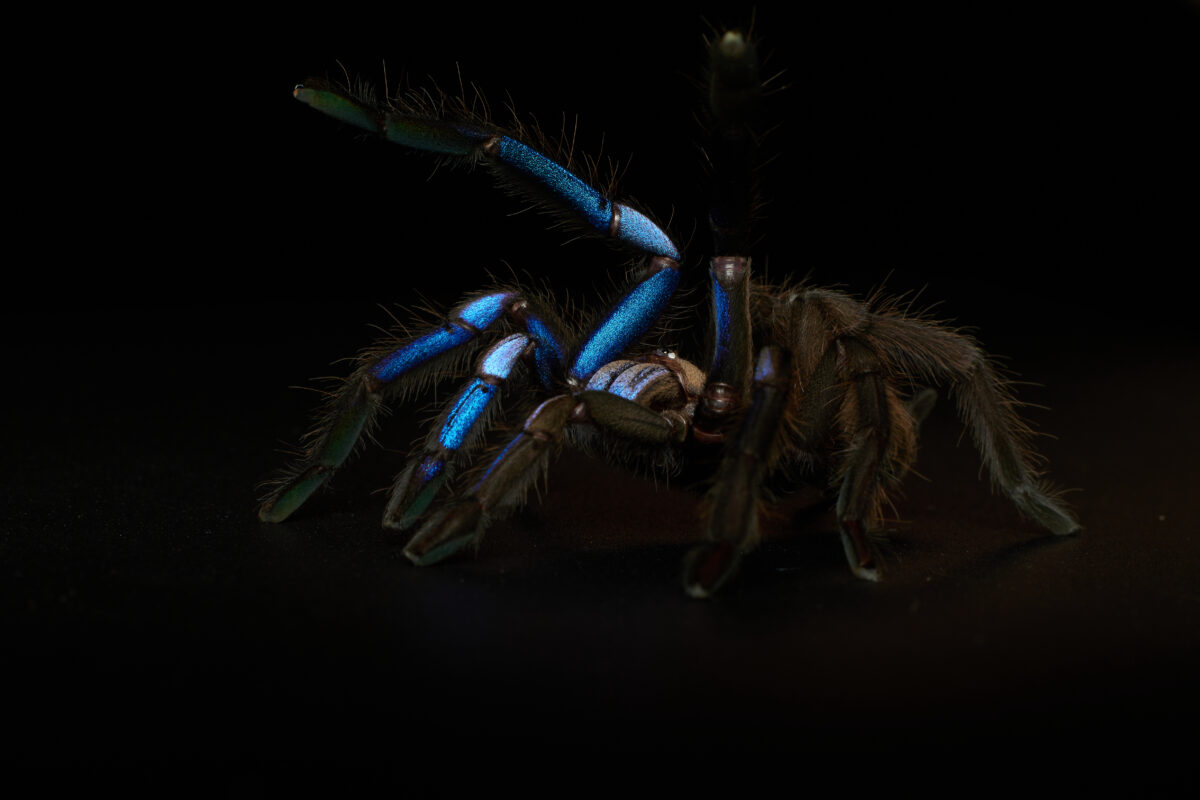
News: Panit Khatnak
Photos: Dr. Narin Chompoopuang, Yuranan Nanthaisong and KKU researcher team

